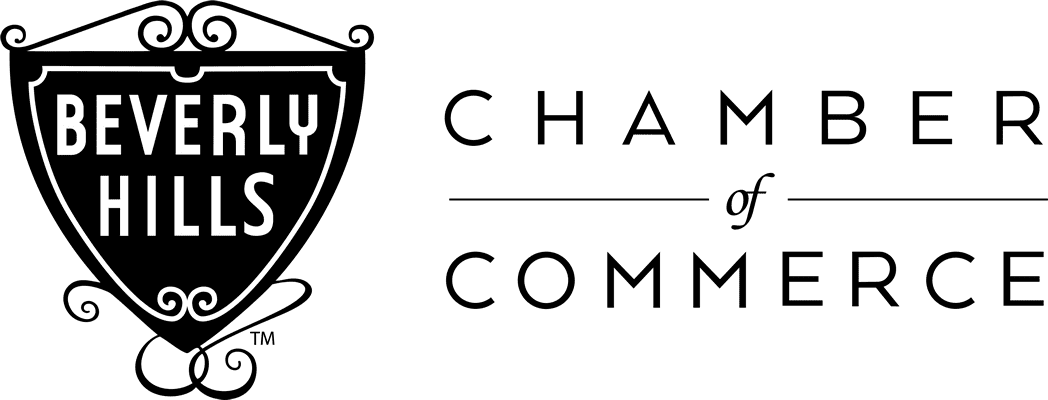Content marketing is a powerful tool for businesses to attract and engage their target audience. At Beverly Hills Publishing, we’ve seen firsthand how a well-crafted strategy can drive results.
This blog post will guide you through creating a winning content marketing plan, drawing insights from our experience and our content marketing book. We’ll cover goal-setting, audience targeting, content creation, and distribution strategies to help you succeed.
Setting Clear Goals for Content Success
Defining SMART Content Marketing Objectives
The foundation of any winning content marketing strategy lies in setting clear, measurable goals. Without specific objectives, content efforts can quickly become directionless and ineffective. Try to set SMART goals: Specific, Measurable, Achievable, Relevant, and Time-bound. Instead of a vague goal like “increase website traffic,” opt for “boost organic traffic by 30% within six months through weekly blog posts.” This approach provides a clear target and timeline, making it easier to track progress and adjust strategies as needed.
Understanding Your Audience’s Pain Points
Identifying your ideal customer persona is essential for creating content that resonates. Conduct surveys, analyze social media interactions, and review customer support tickets to uncover your audience’s challenges. For example, if you target small business owners, you might discover that time management is a significant pain point. This insight can guide you to create content around productivity tools and techniques specifically tailored for entrepreneurs.
Competitive Analysis for Strategic Advantage
Analyzing your competitors’ content strategies can provide valuable insights and help you identify gaps in the market. Use tools like SEMrush or Spyfu to examine their top-performing content, keywords they’re targeting, and engagement metrics. This analysis can reveal untapped opportunities and help you differentiate your content strategy.

If you notice that competitors in the digital marketing space focus heavily on written content, you might consider creating more video tutorials or interactive infographics to stand out. The goal isn’t to copy but to find unique angles that align with your brand and audience needs.
Aligning Content Goals with Business Objectives
Your content marketing goals should directly support your overall business objectives. Whether you aim to increase brand awareness, generate leads, or boost sales, your content strategy should reflect these priorities. For instance, if your primary business goal is to increase customer retention, your content marketing objectives might include creating a series of educational videos or launching a customer-focused newsletter.
Establishing Key Performance Indicators (KPIs)
To measure the success of your content marketing efforts, establish clear KPIs that align with your goals. These might include metrics such as:
- Website traffic (organic and referral)
- Engagement rates (time on page, bounce rate)
- Social media shares and comments
- Lead generation numbers
- Conversion rates
By tracking these KPIs (and adjusting your strategy accordingly), you’ll ensure that your content marketing efforts contribute meaningfully to your business success.
With a solid foundation of clear goals, audience understanding, and competitive insights, you’re ready to move on to the next crucial step: developing a robust content creation plan that will bring your strategy to life.
Crafting Your Content Creation Blueprint
Selecting Impactful Content Formats
Choose content types that resonate with your audience and align with your goals. A whopping chunk (58%) of B2B marketers rate their content strategy as merely “moderately effective.” However, don’t limit yourself to one format. Videos can increase organic traffic by 157%, while infographics are shared 3x more than other content types on social media.

Successful authors often use a mix of long-form articles, short video tutorials, and weekly podcasts. The key is to match your format to your audience’s preferences and consumption habits.
Building a Consistent Content Calendar
Consistency plays a vital role in content marketing. HubSpot’s data shows that if your blog isn’t at least a year old, you should aim to publish 6-8 posts a month around a few important and promising topics. Create a content calendar that outlines topics, formats, and publication dates for the next 3-6 months.
Tools like Trello or Asana can help manage your calendar effectively. Schedule content around key industry events, product launches, or seasonal trends. For instance, fitness industry content might focus on New Year’s resolutions in January and beach body tips for summer.
Streamlining Your Content Workflow
Establish a clear workflow to ensure smooth content production. Assign specific roles to team members based on their strengths. A typical workflow includes:
- Topic ideation and research
- Content creation (writing, filming, recording)
- Editing and fact-checking
- Design and formatting
- SEO optimization
- Publication and promotion
Set realistic deadlines for each stage and use project management tools to track progress. This structured approach can increase productivity by up to 25% (according to a McKinsey study).
Optimizing Content for Search Engines
Incorporate SEO best practices into your content creation process. Research relevant keywords and include them naturally in your content. Use tools like Google’s Keyword Planner or SEMrush to identify high-value search terms in your industry.
Structure your content with clear headings (H1, H2, H3) and include meta descriptions for each piece. This optimization not only improves search rankings but also enhances readability for your audience.
Leveraging User-Generated Content
Encourage your audience to contribute content. User-generated content (UGC) can boost engagement and provide authentic perspectives. Consider running contests, featuring customer stories, or creating a hashtag campaign to inspire UGC.
This approach not only reduces your content creation workload but also fosters a sense of community among your audience. UGC can increase time spent on site by 90% (according to a study by Yotpo), making it a valuable addition to your content strategy.
With a solid content creation blueprint in place, the next step is to implement effective distribution and promotion strategies to maximize your content’s reach and impact.
Maximizing Content Reach and Impact
Optimize for Search Engines
SEO increases organic visibility. Conduct thorough keyword research with tools like Moz Keyword Explorer or Google Keyword Planner. Focus on long-tail keywords with high search intent but lower competition. For example, target “B2B content marketing strategies for tech startups” instead of “content marketing.”

Optimize your content structure with clear headings, meta descriptions, and alt text for images. Internal linking boosts SEO efforts. Create a web of related content within your site to keep visitors engaged and signal topic relevance to search engines.
Leverage Social Media Platforms
Social media platforms distribute content effectively. Tailor your content for each platform. LinkedIn prefers long-form, professional content, while Instagram thrives on visuals and stories.
Timing matters in social media. Use tools like Hootsuite or Buffer to schedule posts when your audience is most active. Sprout Social reports the best times to post on Facebook are Wednesday at 11 am and 1 pm, while Twitter sees peak engagement on Wednesdays and Fridays at 9 am.
Engage with your audience beyond posting. Respond to comments, participate in relevant discussions, and use platform-specific features (like Instagram Stories or Twitter Polls) to boost interaction.
Utilize Email Marketing
Email remains an effective channel for content distribution. Segment your email list based on subscriber interests and behaviors. This allows you to send targeted content that resonates with specific audience segments.
Personalization extends beyond using a subscriber’s name. Use data like past purchases or content preferences to tailor your email content. Personalized email campaigns reach 41% higher click-through rates than non-personalized ones.
Balance email frequency. MarketingSherpa found 86% of subscribers want to receive promotional emails from companies they do business with at least monthly, but only 15% prefer daily emails.
Implement Paid Promotion
Paid promotion amplifies your content’s visibility. Platforms like Facebook and LinkedIn offer highly targeted advertising options. You can narrow down your audience based on demographics, interests, and even job titles.
Start small with paid promotions. Set a modest budget and A/B test different ad formats, copy, and visuals. Monitor key metrics like click-through rates and conversion costs to optimize your campaigns.
Consider retargeting campaigns to re-engage visitors who’ve shown interest in your content but haven’t converted. WordStream reports retargeting can boost ad response up to 400%.
Final Thoughts
A winning content marketing strategy requires careful planning, execution, and continuous refinement. The most effective strategies align closely with business objectives and resonate deeply with the target audience. Regular, high-quality content builds trust, establishes authority, and keeps the audience engaged.

The digital landscape evolves rapidly, and your strategy must adapt. Stay attuned to changes in your industry, shifts in audience preferences, and emerging technologies that could impact your content distribution. Experiment with different content formats and distribution channels to find what works best for your brand.
At Beverly Hills Publishing, we’ve seen how a well-executed content marketing strategy can transform authors into industry leaders. Our content marketing book offers in-depth guidance on developing and implementing strategies that drive real results. Take the first step today and create a strategy that propels your brand to new heights of success and influence.







